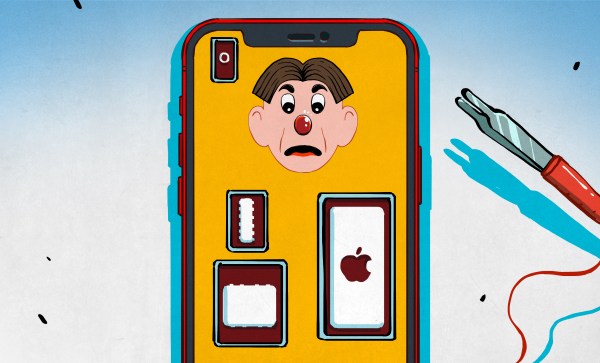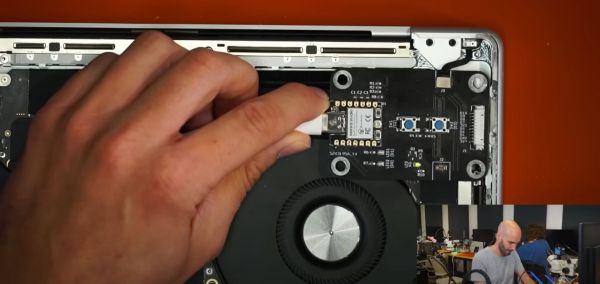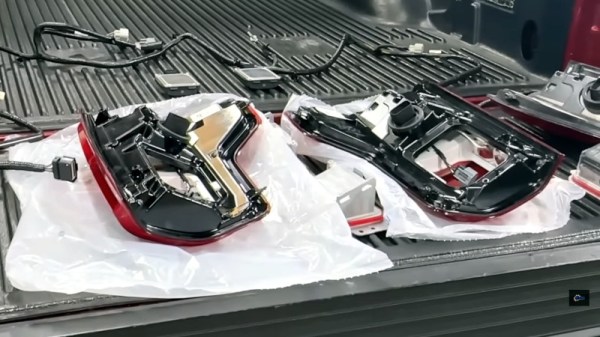After previously supporting one in California, Apple has made an about-face and is now pushing back against a “Right to Repair” bill (Senate Bill 1596) currently under consideration in Oregon. The reason for this appears to be due to this new bill making parts pairing illegal, as reported by [404media] and [PCMag].
The practice of parts pairing is becoming ever more prevalent with Apple devices, which links specific parts of a system such as cameras, displays, batteries, and fingerprint sensors to the mainboard. During the open hearing on the newly proposed Oregonian bill, Apple’s [John Perry] insisted that this parts pairing is done for user security, safety and privacy.
Even in we take that claim at face value, the fact remains that with parts pairing in place, only authorized Apple repair centers can routinely replace components — while user repairs are limited to specific devices with limited part availability. Even in the latter case the user still has to contact Apple to have them reauthorize the replaced part. This is becoming an issue with Apple’s MacBooks as well, where the lid angle sensor requires calibration using a proprietary tool.
During the same hearing, the director of an Oregon nonprofit organization noted that of the 15,000 iPhones which they had donated to them last year, only 300 could be refurbished due to parts pairing. The remainder of otherwise perfectly fine phones are discarded for recycling, which is terrible for everyone but Apple. Whether the parts pairing element of the bill survives it to the final form remains to be seen, but if it passes it’d set the trend for future bills in other states as well as amendments to existing ones.
Thanks to [paulvdh] for the tip.

















